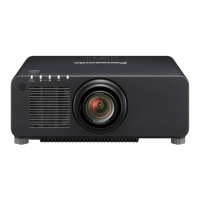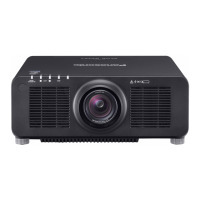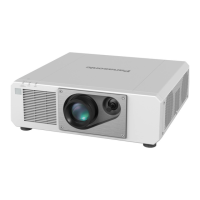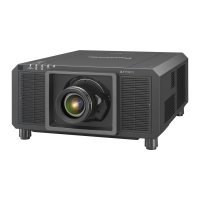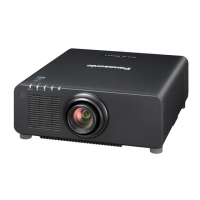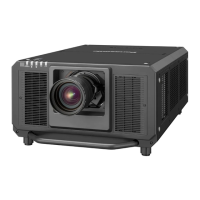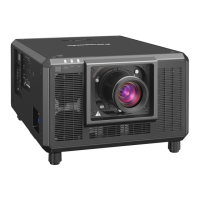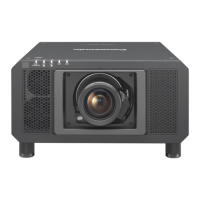Chapter 2 Getting Started — Connecting
54 - ENGLISH
Connecting
Before connecting
f Before connecting, carefully read the operating instructions for the external device to be connected.
f Turn off the power of all devices before connecting cables.
f Connect cables taking care of the following descriptions. Failure to do so may result in malfunctions.
g When connecting a cable to a device connected to the projector or the projector itself, touch any nearby
metallic objects to eliminate static electricity from your body before performing work.
g Do not use unnecessarily long cables to connect a device to the projector or to the projector body. The longer
the cable, the more susceptible to noise it becomes. Since using a cable while it is wound makes it act like an
antenna, it is more susceptible to noise.
g When connecting cables, connect GND rst, then insert the connecting terminal of the connecting device in a
straight manner.
f Acquire any connection cable necessary to connect the external device to the system that is neither supplied
with the device nor available as an option.
f Install the optional Interface Board necessary for the video equipment to connect with the projector to the slot in
advance.
Requesting a qualied technician to install or remove the optional Interface Board is recommended. A
malfunction may occur due to static electricity. Consult your dealer.
For details on how to install the optional Interface Board, refer to “Installing the Interface Board (optional)”
(x page 263).
f If synchronization signals output from computers or video equipment are disrupted due to changes in the video
output setting or other reasons, colors of projected images may be temporarily disrupted.
f Some computer models or graphic cards are not compatible with the projector.
f Connect using an extension device, etc., when installing the projector away from the video equipment. The
projector may not display the image properly when it is connected directly using a long cable.
f For details of the types of video signals that can be used with the projector, refer to “List of compatible signals”
(x page 247).
<HDMI IN> terminal pin assignments and signal names
Outside view Pin No. Signal name Pin No. Signal name
Even-numbered pins of (2) to (18)
(1) (19)
(2) (18)
Odd-numbered pins of (1) to (19)
(1) T.M.D.S data 2+ (11) T.M.D.S clock shield
(2) T.M.D.S data 2 shield (12) T.M.D.S clock
-
(3) T.M.D.S data 2
-
(13) CEC
(4) T.M.D.S data 1+ (14) ―
(5) T.M.D.S data 1 shield (15) SCL
(6) T.M.D.S data 1
-
(16) SDA
(7) T.M.D.S data 0+ (17)
DDC/CEC
GND
(8) T.M.D.S data 0 shield (18) +5 V
(9) T.M.D.S data 0
-
(19) Hot plug detection
(10) T.M.D.S clock+
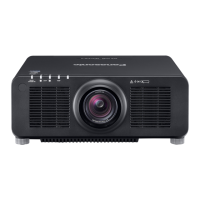
